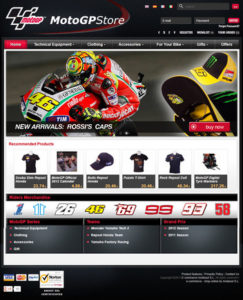Excerpts from my latest article at NBC Chicago’s Inc. Well: “How to Ride the Mobile Search Wave.”
With smartphone penetration in the U.S. at 47 percent as of Q2 2012, more Americans have smartphones than feature phones according to comScore. Smarter phones with their always-on connections enable quicker access to information, which is what mobile search is all about.
With more than 110 million smartphones in hand, many of the searches conducted are increasingly local. Advertising experts firm BIA/Kelsey estimates that while searches today are three times as likely to happen on a desktop computer as a mobile device, mobile devices will dominate local search by 2015.
That’s good news for businesses with optimal mobile presences, and an opportunity for those still thinking about setting up a mobile site. Already, Pew Internet reports that 74 percent of smartphone owners use their phone to get real-time location-based information, and 30 percent use their phone to decide whether to visit a business. So how can you ride this surging tide of mobile searches? Here’s how:
- Mobile Site Structure
- Mobile Keyword Research
- Mobile Optimization
Read the full article with all the details at NBC Chicago’s Inc. Well >>
Image courtesy of SurferToday.

Originally posted on Web PieRat.


 Contrary to Shakespeare’s assertion of roses, a keyword by any other name would not smell – or rank – as sweet. Search engines are code-driven, logic-based pieces of software and hardware that know and do what they’re programmed to do: rank data gathered from crawling web sites according to specific algorithms against searchers’ queries. Those algorithms based on keyword relevance prefer exact matches between keywords and search queries. As a result, a site attempting to drive sales on the phrase “red roses” will not rank as sweet if it uses the phrase “roses red” across its pages.
Contrary to Shakespeare’s assertion of roses, a keyword by any other name would not smell – or rank – as sweet. Search engines are code-driven, logic-based pieces of software and hardware that know and do what they’re programmed to do: rank data gathered from crawling web sites according to specific algorithms against searchers’ queries. Those algorithms based on keyword relevance prefer exact matches between keywords and search queries. As a result, a site attempting to drive sales on the phrase “red roses” will not rank as sweet if it uses the phrase “roses red” across its pages. Every now and then an ecommerce site raises its hand for an “SEO Report Card” at Practical eCommerce. It’s a great way for the site to get some free advice and a good link, and an interesting way to give Practical eCommerce readers some, well, practical tips on how we’d handle SEO challenges with real ecommerce sites. Today’s volunteer is the
Every now and then an ecommerce site raises its hand for an “SEO Report Card” at Practical eCommerce. It’s a great way for the site to get some free advice and a good link, and an interesting way to give Practical eCommerce readers some, well, practical tips on how we’d handle SEO challenges with real ecommerce sites. Today’s volunteer is the 